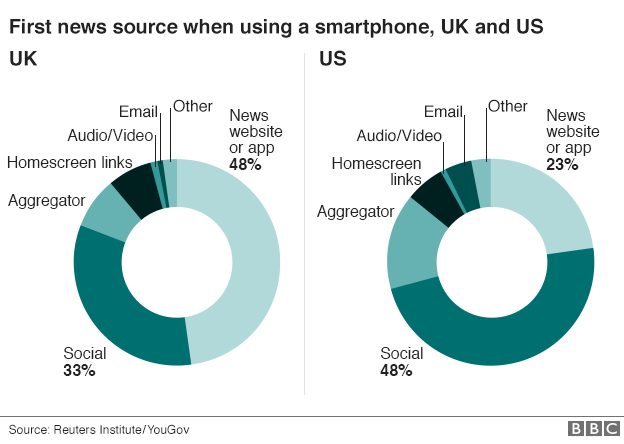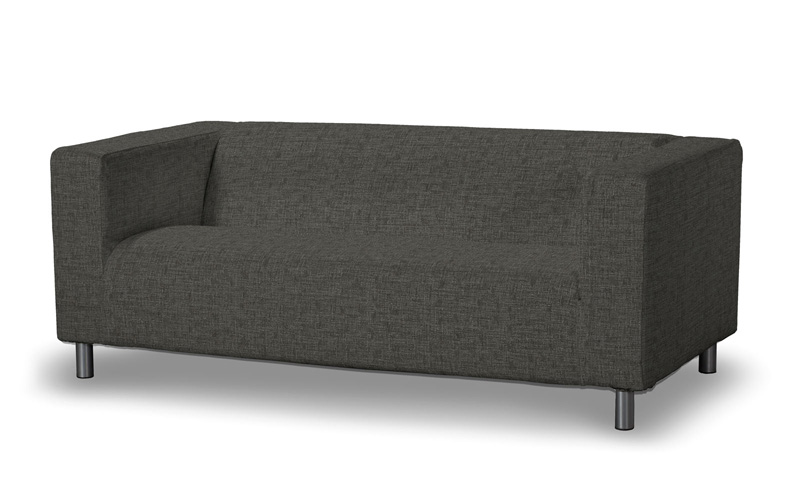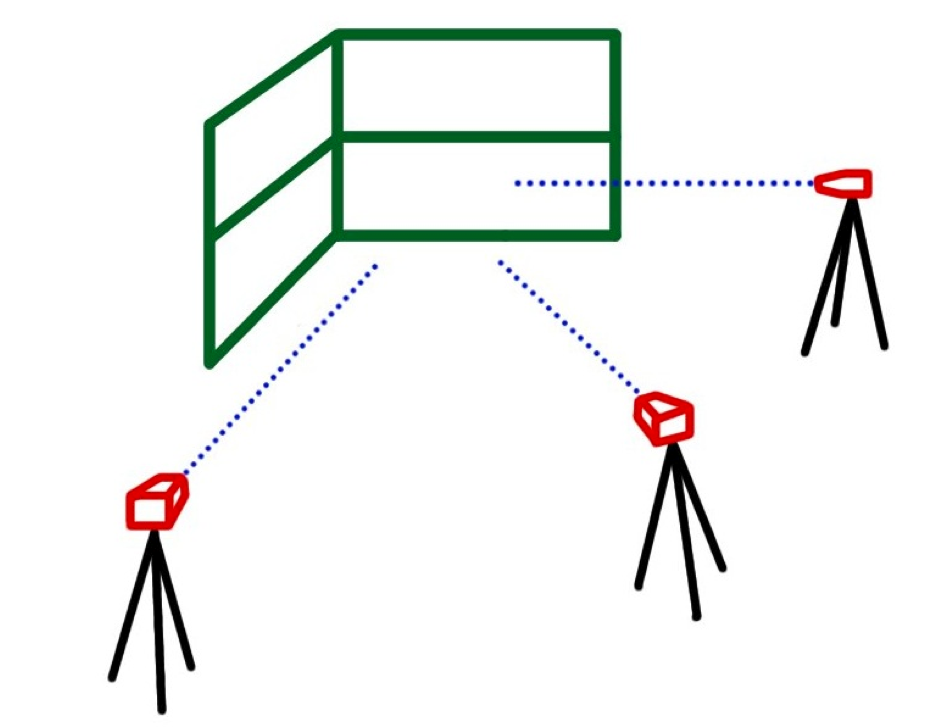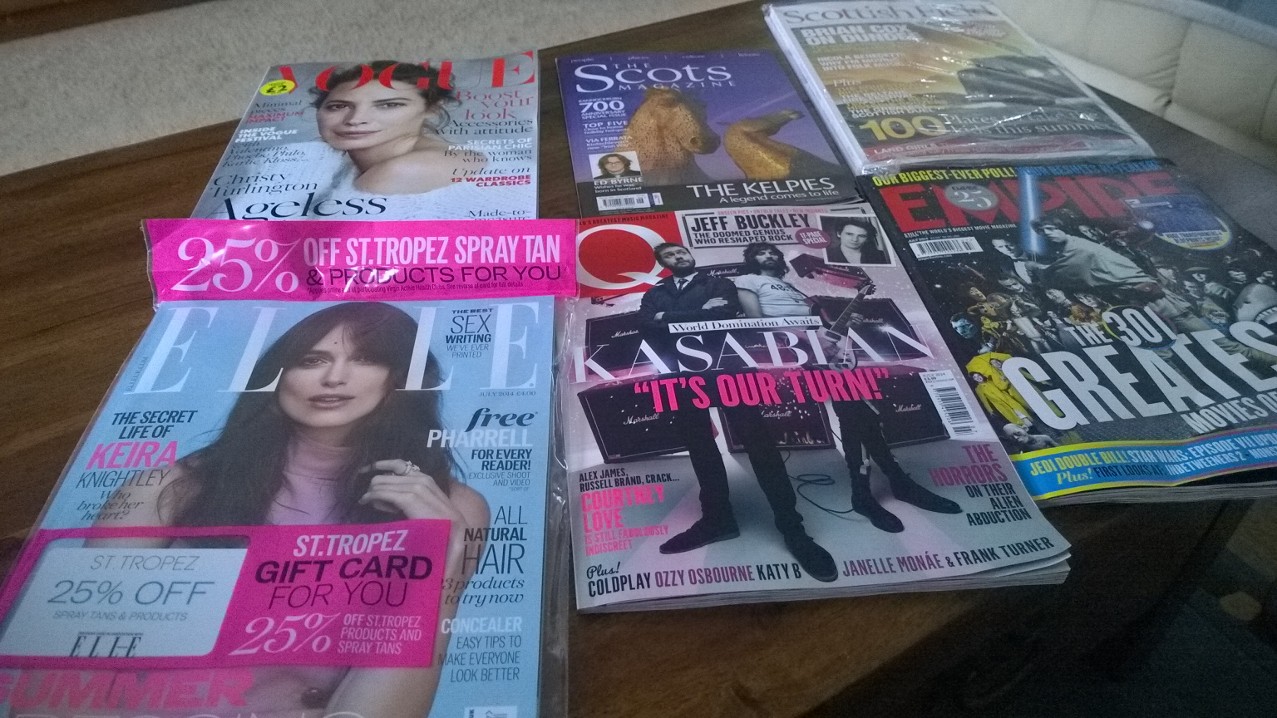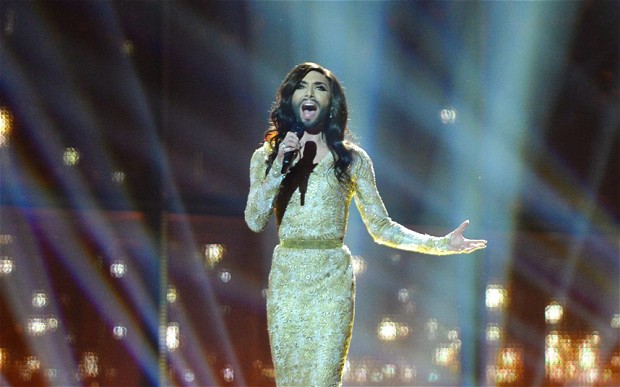01 July 2014
Glasgow 2014 is the biggest sporting event to take place in the UK since the Olympics. Tim Dams reports on the complex production operation behind coverage of
the Games
The summer of 2014 is packed full of sporting events taking place in the UK, from Wimbledon, the Tour de France (which kicks off in Yorkshire), Test Match cricket, the British Grand Prix to The Open golf championship. But the biggest sporting event being held here this summer – indeed since the London 2012 Olympic Games – is the Glasgow 2014 Commonwealth Games.
Starting on 23rd July, the city will play host to teams from 70 countries over 11 days of competition. It is being staged at a cost of more than £500m. Given that it is a ‘home Games’, coverage in the UK is going to be widespread with the BBC airing over 300 hours across BBC1 and BBC3.
Indeed, the BBC is going to be giving the Commonwealth Games almost equal billing to London 2012 in terms of network coverage, digital options and presentation teams. Every single second of competitive sport will be available to viewers either on TV or online.
Producing the host feed
Coverage of the Commonwealth Games is being run by sports broadcast producers Sunset + Vine and Global Television, which were jointly appointed as host broadcasters in December 2011 after a competitive tender. It’s the first time that London-based sports producer Sunset+Vine and Australian TV production services provider Global TV have partnered, as SVGTV, as a host broadcaster on a major event.
S+V is responsible for producing what viewers will see at home, so will oversee all the filming, camera placement, direction and lighting. Global is charged with building and running the International Broadcast Centre and making sure the technology is in place to get the feed from venues to rights holding broadcasters around the world. An estimated one billion viewers are expected to watch the pictures produced by SVGTV.
S+V chairman Jeff Foulser points out that the company has covered a string of high profile events, including Test Cricket, Premier League football, and the Aviva Rugby Premiership. So stepping up to produce a multisport event “was a natural extension for us,” he says. It had bid before, on the Asian Games in Qatar and Doha, and got very close to winning the contract. For the Commonwealth Games, S+V decided it needed to partner with another company and got talking to Global. “We felt the skills between the two companies were complementary”, says Foulser. Global has worked on two previous Commonwealth Games, providing facilities and technology expertise at Melbourne in 2006 and Delhi in 2010.
A steep learning curve
Foulser admits that it’s been a huge challenge to produce a multi-sport event. S+V has had to scale up, improving its finance, IT, HR and legal departments. For the Games, the SVGTV operation will employ over 1,200 people.
“It’s been a steep learning curve,” says Foulser. “But ultimately if you break it down to 17 different sports, and you cover each one of them well and make sure the broadcasters get what they want, it is not that much different from what we normally do, just on a bigger scale.”
He says S+V has sought to hire the best staff, from the UK but also Commonwealth countries including Australia and South Africa. Hiring the best is crucial on such a major event, believes Foulser. “I’ve always worked on the basis that you are only as strong in a major production as the weakest link in the chain. If you don’t have any weak links, you should end up with a decent product.”
The operation has run an office in Glasgow since August 2012, building up over time. Pacing the work has been crucial says Gary Lovejoy, the host broadcast deputy head of production, who explains that he’s striven to hit deadlines as early as possible on the project. It means, he says, “you can then work on the odd late things because you have got other things hopefully done and dusted.”
For example, S+V started recruiting camera and EVS operators in February and March last year. Lovejoy says: “One of the reasons we had to is that a great many of them from this market were going to the World Cup. So we had to explain that they could do the World Cup and the Commonwealth Games, because there is a gap between the two. But it does put a pressure on professional people with families, which is why we started early.”
Covering the venues
The host broadcaster will be covering 14 venues. The main one is the Scottish Exhibition and Conference Centre (SECC) Precinct, close to Glasgow city centre on the north bank of the River Clyde. It will host the competitions for six sports – gymnastics, boxing, judo, netball, wrestling and weightlifting. During Games time it will also be the home of the International Broadcast Centre and Main Press Centre. Meanwhile, Hampden Park has been adapted so it can play host to the Track and Field Athletics competitions.
SVGTV began the installation of the IBC in May, while installation work started at the venues in June.
Over 280 cameras will be used in total to capture the Games. SVGTV says that no standard manufacturer has been selected to supply equipment such as cameras or vision mixers. Graphics, however, all come from one supplier – Swiss Timing. Meanwhile some 25 OB units will be in operation to deliver the footage. NEP Visions is the largest by volume, covering the athletics and other events. Telegenic and CTV Group are joint-second in terms of contribution, with Arena handling squash and table tennis. Aerial Camera Systems will be providing the speciality cameras.
There are no plans to shoot in 4K, unlike the World Cup where three matches are being shot in the format. Neither is there any 3D production from the host broadcaster.
Keeping it neutral
Sunset + Vine is known for introducing innovation into its sports production, whether its Bafta winning coverage of the Paralympics for Channel 4 or the introduction of Hawkeye technology into cricket coverage. So have they got anything up their sleeve for the Paralympics?
Lovejoy says they will make “a huge effort with the commentators” on the world feed, making it more vibrant than most host broadcasters. He thinks there will be more passion too, because the crews from the UK and Commonwealth know the competitors. “They will know what to look out for – everything from facial expressions to the way the teams conduct themselves.” Foulser adds that SVGTV has to be careful to remain neutral though, as the feed goes not just to the BBC but also to viewers across the world. “They want to see the event covered very well, and to see their competitors. So it needs to be neutral.”
Foulser says one of the long term impacts of the host broadcast coverage could come through the Host Broadcast Training Initiative (HBTI), a legacy project of the Games. More than 600 Scottish-based creative sector students will receive training work experience through the HBTI, with some 240 students selected to work during the Games themselves. Students, says Foulser, will be trained how to use the latest OB hardware equipment and technology, and will assist during the live broadcasts of the Games. “By the time we get to the Games, they will be able to contribute,” he says. “We don’t just want them standing around.”
Producing the BBC coverage
The Games feed provided by SVGTV will be used as the basis for the BBC’s output. Presenters Gary Lineker, Clare Balding, Gabby Logan and Hazel Irvine will lead the coverage.
The scope and success of the BBC’s London 2012 coverage means that it has a hard act to follow with Glasgow 2014. The BBC, however, is devoting plenty of airtime and resources to the Games. “It’s very much in the style of what we did in the London Olympics,” says Jonny Bramley, executive producer of major events for BBC Sport. BBC1 and BBC3 will air the Games throughout the day and every evening. In total, there will be 300 hours of network coverage, 200 hours of radio and more than 1,300 hours of live action via up to 17 digital streams.
The BBC is basing its production operation from the BBC Scotland’s HQ in Pacific Quay, just across the Clyde from the main Games venue, the SECC. It means the corporation can save production costs by using its own space, rather than booking into the IBC. That, however, creates its own complications. “If we had been building our own bespoke BBC Sport operation from scratch, which is what we normally do for major events, we could have pretty much tailored it to our needs,” says Bramley. “This is a new departure for BBC Sport. BBC Scotland have been really helpful in working with us to achieve the right technical solution, but it’s taken a lot of effort on both sides to get there.”
Integrating the operation into Pacific Quay saves money but increases its technical complexity. For example, the BBC has had to install fibres which run underneath the River Clyde from the IBC to Pacific Quay, carrying the event feeds and its unilateral coverage. Adding another layer of complexity, the post production of the Games coverage is being run from the BBC Sport HQ in Salford.
Taking care of the politics
The BBC’s coverage also has to be delicately balanced. The Games takes place just a few months before the Scottish referendum on independence.
For political reasons, the BBC can’t be seen to be taking sides in any way with its coverage of the Games, which could be seized on by nationalists or unionists to promote their political agendas. “We have made sure we have taken a lot of good advice from our own political unit and also from BBC Scotland,” says Bramley. “The general advice we are giving people is to treat sport as we would normally do, and not to bring any political context into it. All of our on screen and on air talent have been given advice on how to treat the subject.”
IN NUMBERS
11 Days of competition. The Games opening ceremony is on 23 July and the closing ceremony is on the 3rd August.
17 The number of sports that will be featured at the Games, from athletics through to boxing, cycling, gymnastics, rugby sevens and weightlifting.
70 The number of countries taking part, including Australia, Belize, Bermuda, Canada, Ghana, India, Malta, Nigeria, Malaysia, Pakistan, South Africa, Tuvalu, and Uganda.
14 The number of venues being used for the Games, including the SECC, Ibrox, Hampden Park, Celtic Park and the Sir Chris Hoy Velodrome.
25 The number of OB units in operation to deliver the footage of Glasgow 2014.
280 The estimated number of cameras being used in the venues to capture the footage of the Games.
240 The number of Scottish-based broadcasting students who will work at the Games as part of the Host Broadcaster Training Initiative.
1300 Total number of hours of live sport that will air on the BBC, either on TV or online.
1300 The size of the production team who are producing the host broadcast feed for SVGTV.
Original source

